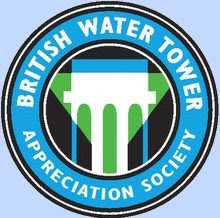 Merredin came into existence as a result of the goldrush. In 1888, the area to the east of Merredin was officially proclaimed a goldfield and over the next decade prospectors poured through the area and in 1893 the railway reached the town.
Merredin came into existence as a result of the goldrush. In 1888, the area to the east of Merredin was officially proclaimed a goldfield and over the next decade prospectors poured through the area and in 1893 the railway reached the town.The water tower was built in 1893 to store rainwater from the water catchment scheme on Merredin Peak for the locomotives up to 1968. A rock wall was built around the contours of Merredin Peak with a 40 acre catchment area. It led to a 100 m channel that in turn led into a dam that had a storage capacity of 7,474,000 gallons and cost £5366. The scheme collected all the water that landed on the Peak and directed it into the dam, which provided water for both the town and the railway. The tower is 50 feet high and has a square cast iron tank supported by 45 foot timber tower. The water tower was restored in 1997 by the Merredin Historical Society with the aid of a $37,000 grant from the Lotteries Commission.
The need for the water from Merredin Peak disappeared in 1903 when C. Y. O'Connor's 350 mile pipeline was completed to supply water from in the Helena River east of Perth. The Merredin Peak dam continued to supply water to the railway until 1968 and today it is still used as the water supply for the fountain outside the Merredin Railway Museum. Located on the North side of the Great Eastern Highway, National Route 94 at 31º 29’ 0” South, 118º 16’ 45” East, capacity 40,000 gallons.












